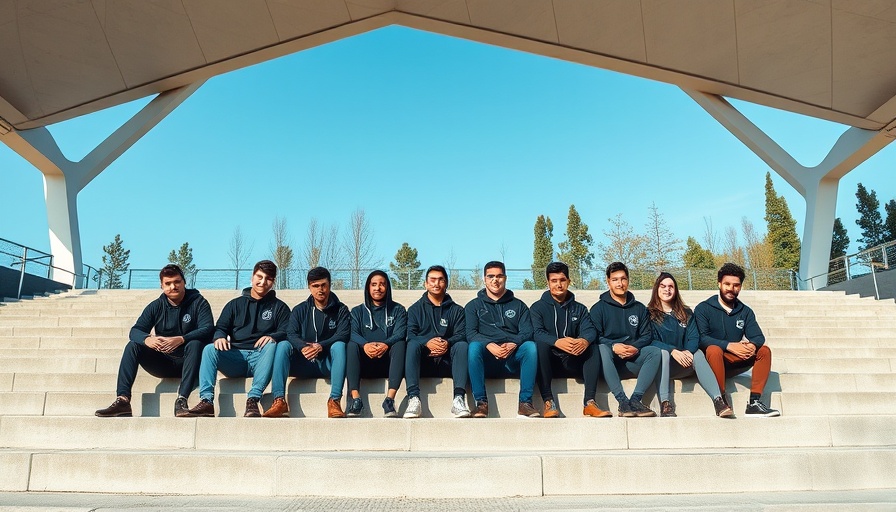
Revolutionizing Retail Payments: A New Era of Convenience
In an age where cash is becoming obsolete and electronic payments dominate, the introduction of innovative payment solutions is crucial for enhancing customer experiences. One of the latest entrants in this space, Handwave, aims to redefine the checkout process for retailers across Europe with its palm recognition technology, providing a competitive alternative to Amazon’s widely recognized system, Amazon One.
What is Handwave and How Does It Work?
Handwave, a Latvian startup, is diving into the fast-evolving field of biometric payment solutions. This innovative company harnesses the unique patterns of palm veins to enable contactless payments. The technology not only speeds up the checkout process by eliminating the need for cards and apps but also enhances security through its ability to confirm that the user is physically present.
With more than 8 million uses for Amazon’s palm payment system already reported, the market shows a clear demand for such technology. Handwave is keen to capture this momentum, leveraging Amazon’s success to gain traction among third-party retailers who may not want to align with the tech giant.
Strategic Partnerships for Growth
An essential aspect of Handwave’s strategy is collaboration. In a recent interview, co-founder Janis Stirna emphasized their commitment to partner with various financial institutions and acquiring banks to expand their reach. This summer, they secured a significant partnership with Visa, set to accelerate the deployment of their palm recognition devices in retail stores.
These alliances are not just about technological support; they are strategic moves aimed at establishing a larger ecosystem that could potentially rival Amazon's model. By providing a solution that is reportedly on par with traditional payment systems, Handwave is positioned to disrupt the market while offering merchants a cost-effective alternative catering to customer convenience.
Creating Value Through Technology
According to industry reports, the move towards biometric payments aligns with broader trends toward digital innovation in various sectors including healthcare, finance, and retail. This shift is not just about technology; it's about enhancing the shopping experience, reducing wait times, and improving overall satisfaction.
Handwave's founders bring substantial experience from their previous roles at Worldline, one of the world's largest payment service providers. Their insights into the payment landscape equip them with the knowledge needed to navigate challenges and seize opportunities in this disruptive industry.
The Future of Payment Systems
As we look ahead, the future of payment solutions appears promising. General trends indicate growing acceptance of biometric technologies in various contexts, suggesting that consumers are ready for a transformation in how they transact. Handwave’s focus on retail, combined with its commitment to seamless customer experiences, positions it as a notable player in this field.
In a landscape where consumers are continuously seeking convenience, Handwave's palm payment solution could serve as a catalyst for broader adoption of biometric technologies. For stakeholders in tech-driven industries, this evolution offers an opportunity to rethink their business models and adapt to emerging consumer expectations.
Conclusion: Embracing Disruption
With the rise of startups challenging established giants, Handwave stands out as an exemplar of how technological innovation can reshape the retail experience. For professionals in tech-driven sectors, the insights gleaned from such developments are invaluable as they highlight the importance of agility and creativity in today’s rapidly changing landscape.
To explore more about the advances in payment technologies and how they can benefit your business, keep an eye on emerging trends in this burgeoning landscape.
 Add Row
Add Row  Add
Add 




Write A Comment